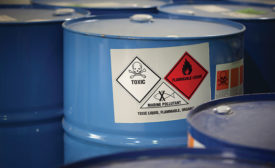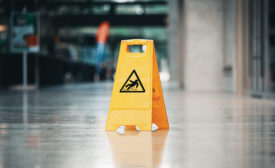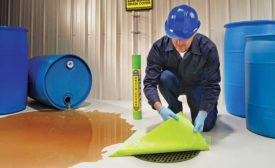Articles by Karen Hamel
Fall protection beyond construction
Read More
Planning for emergency evacuations
Cut through the chaos to account for all employees & visitors
May 21, 2018
Become a Leader in Safety Culture
Build your knowledge with ISHN, covering key safety, health and industrial hygiene news, products, and trends.
JOIN TODAYCopyright ©2025. All Rights Reserved BNP Media.
Design, CMS, Hosting & Web Development :: ePublishing









